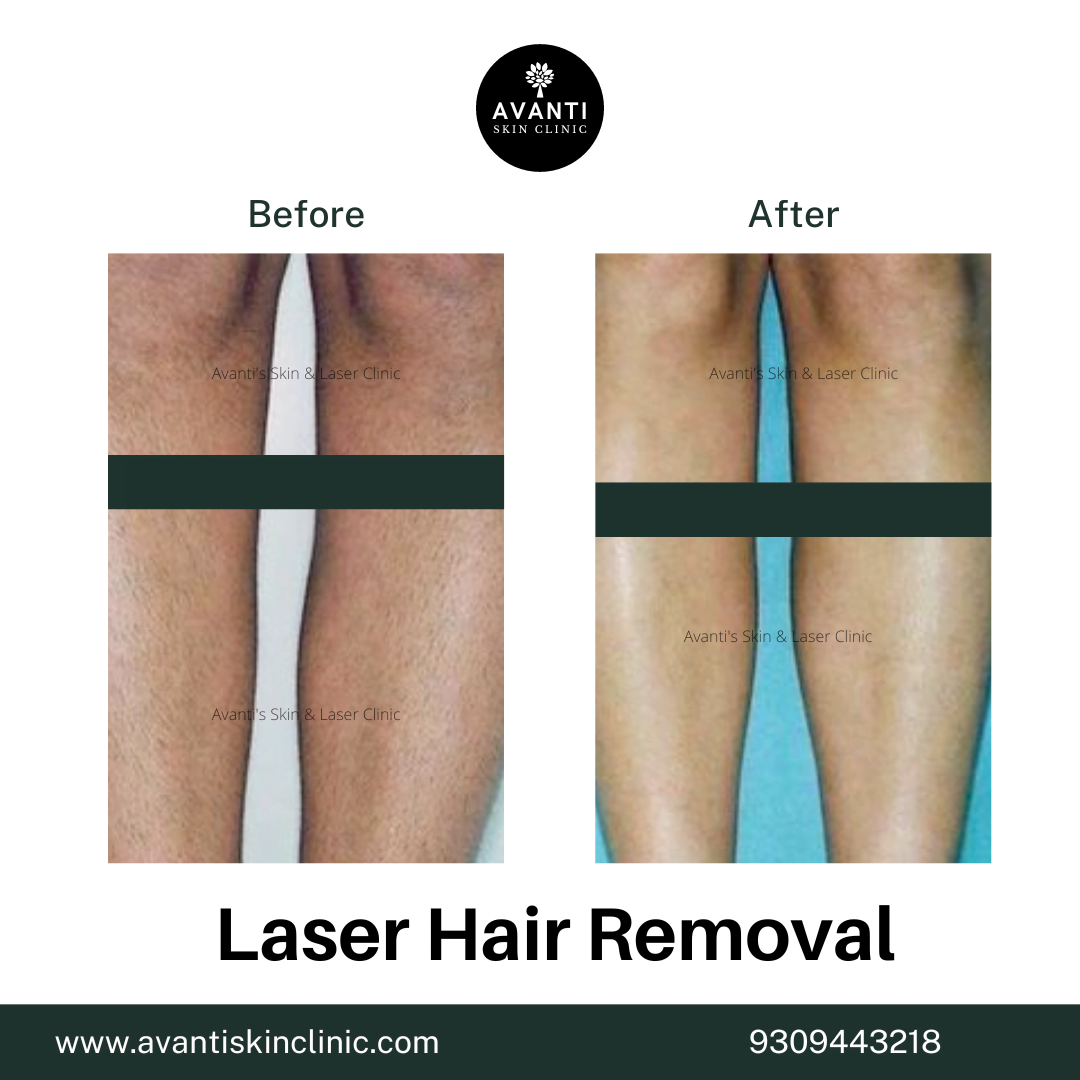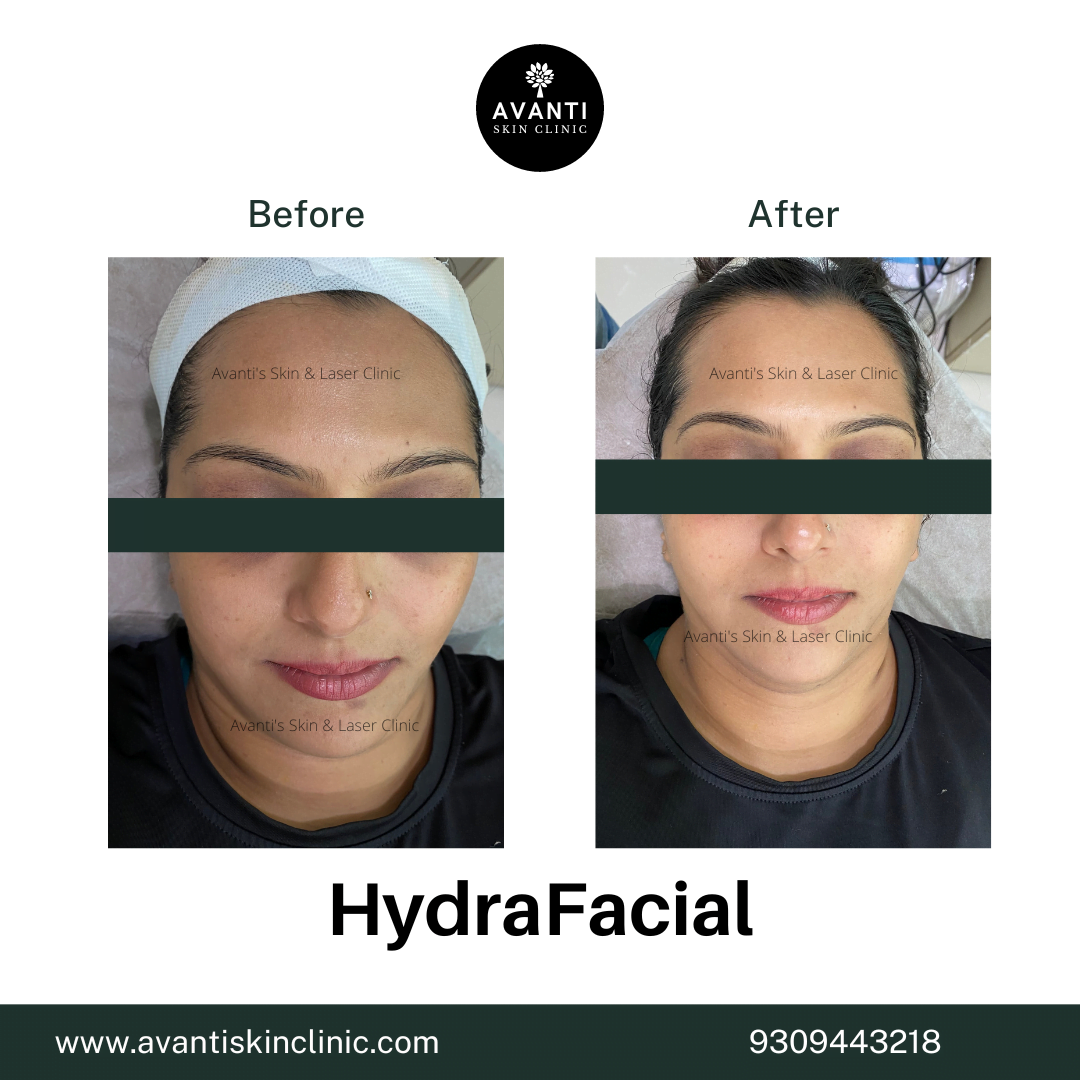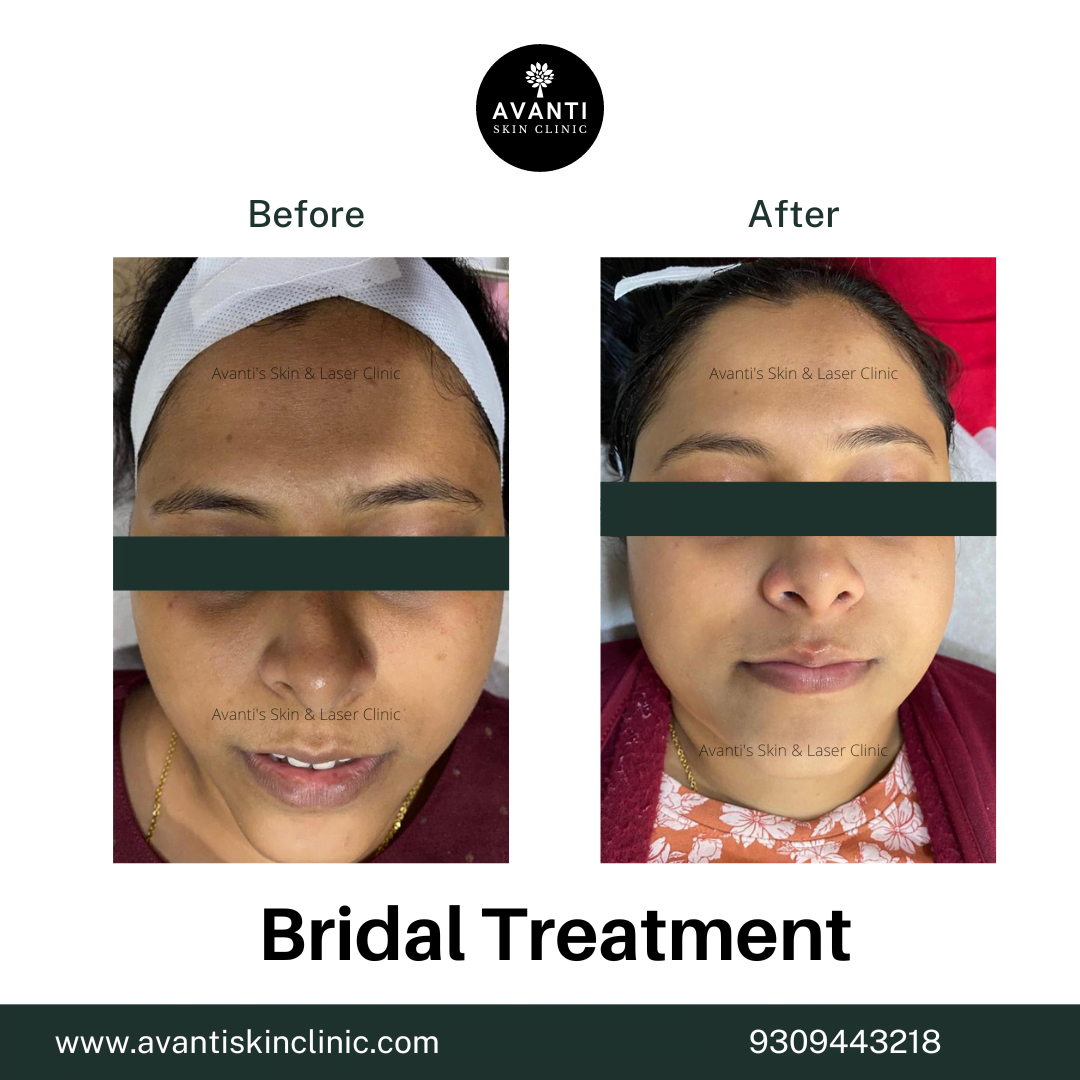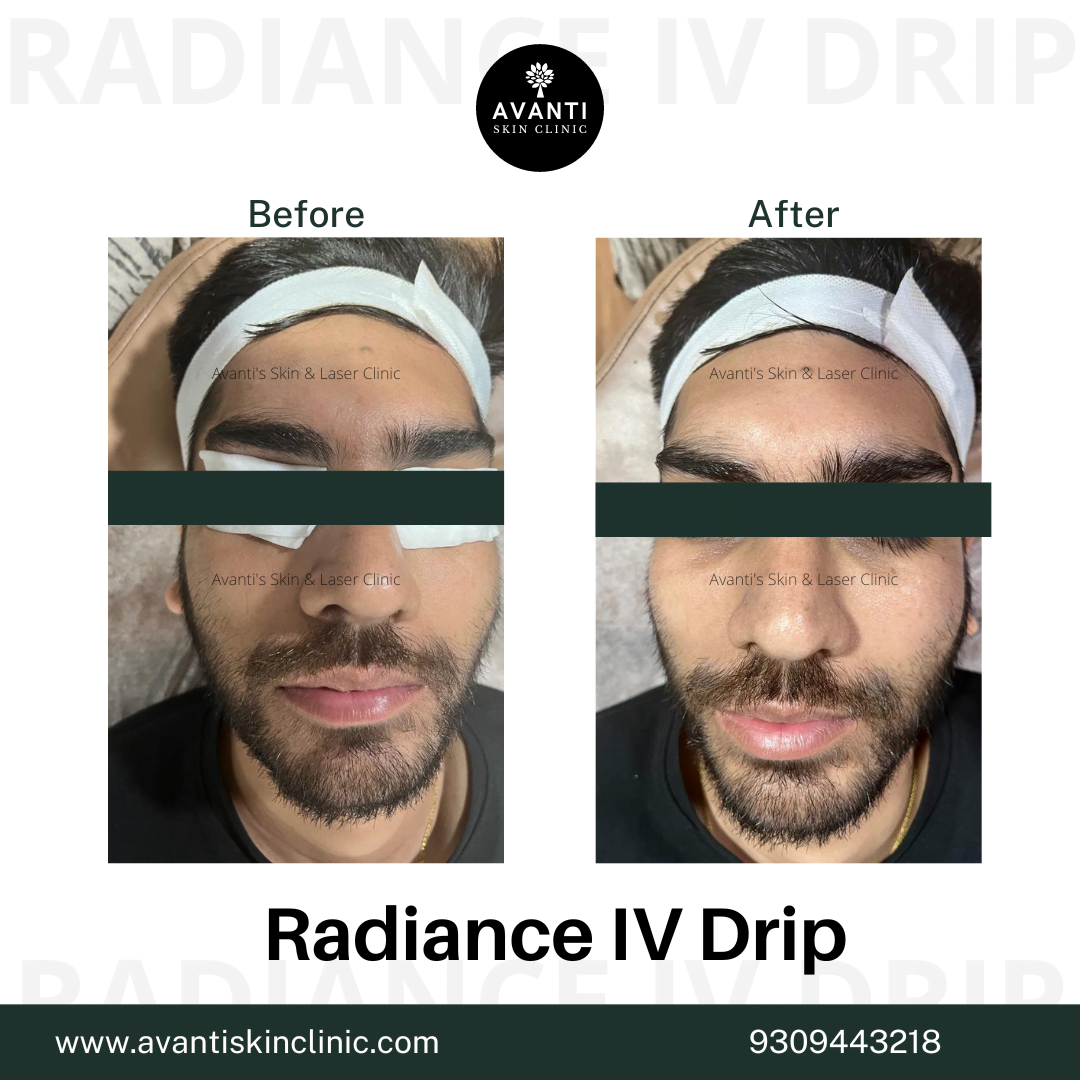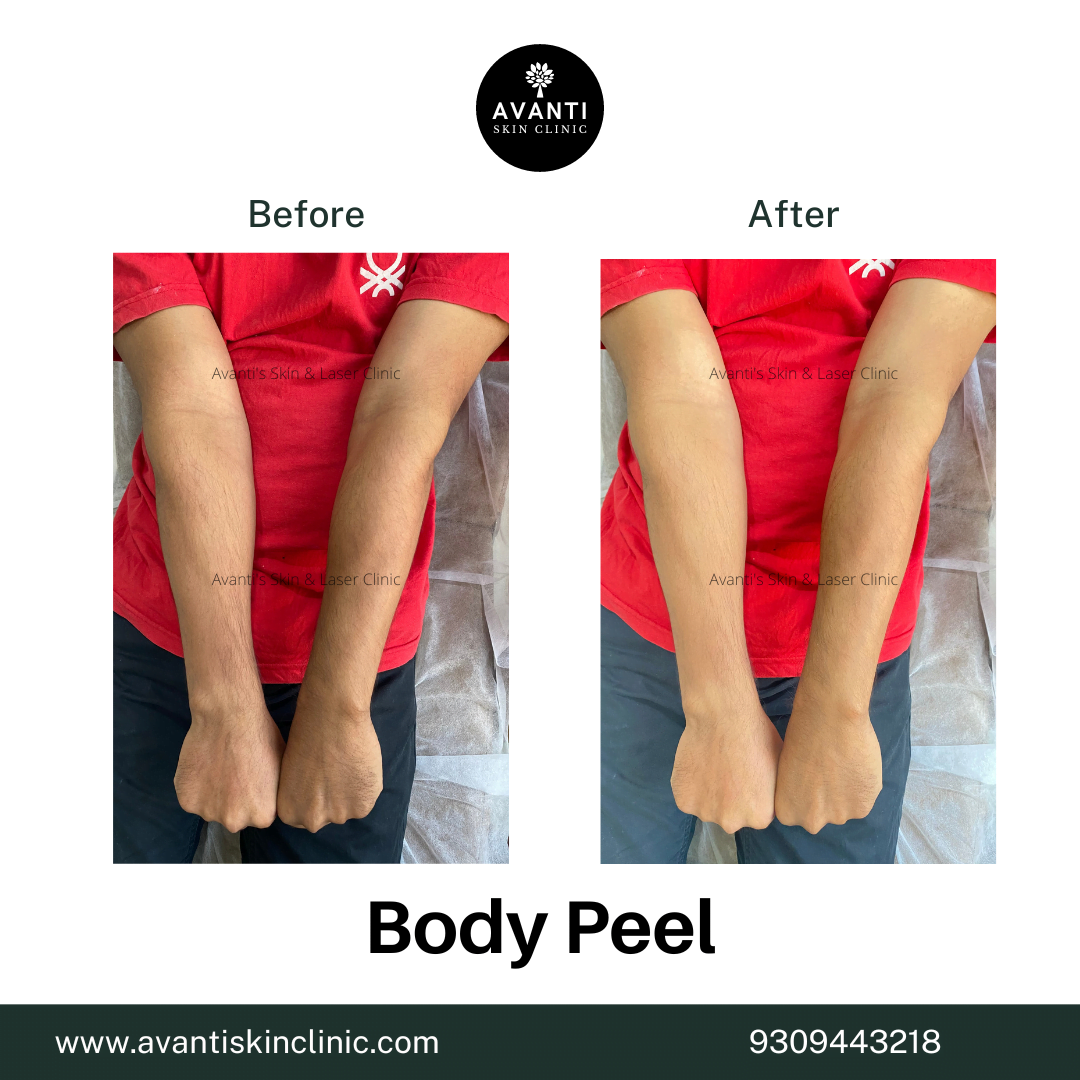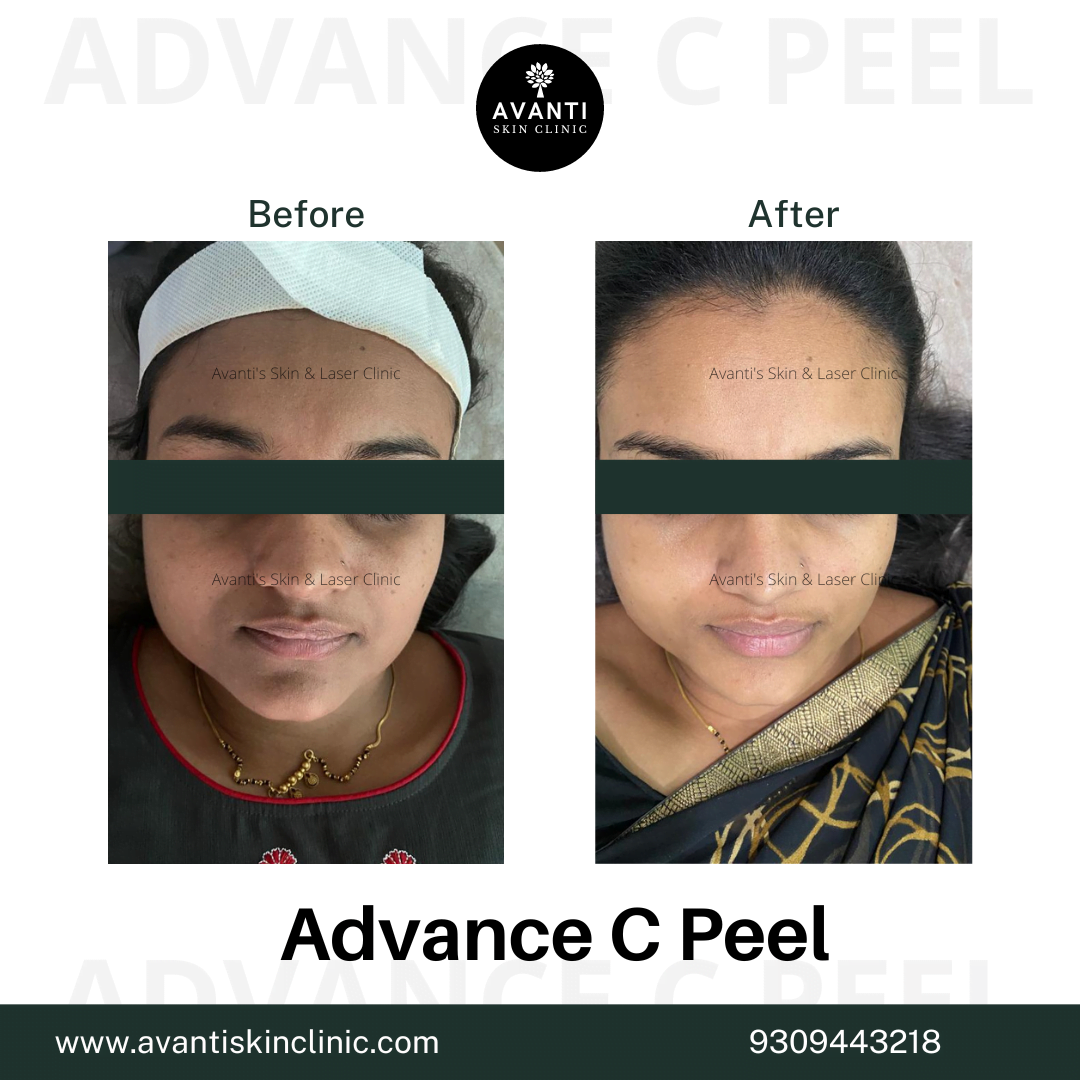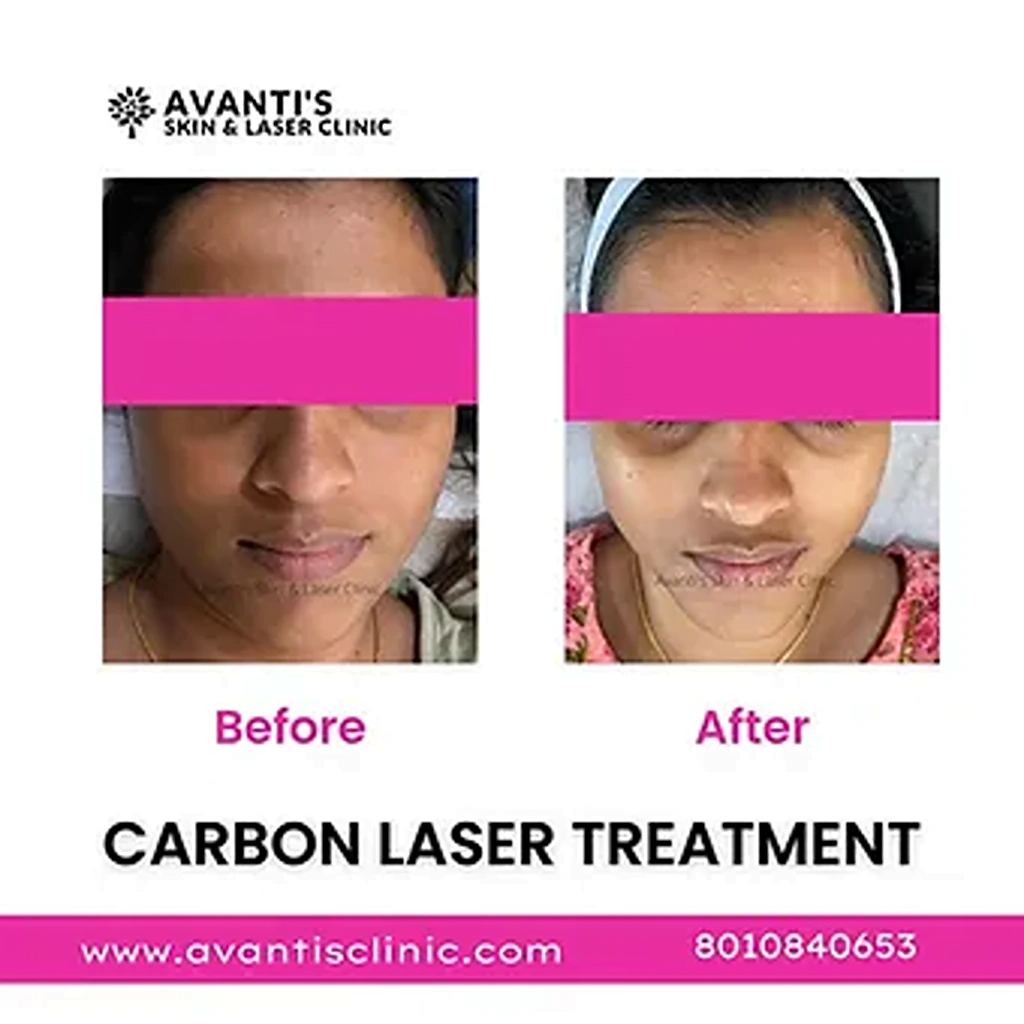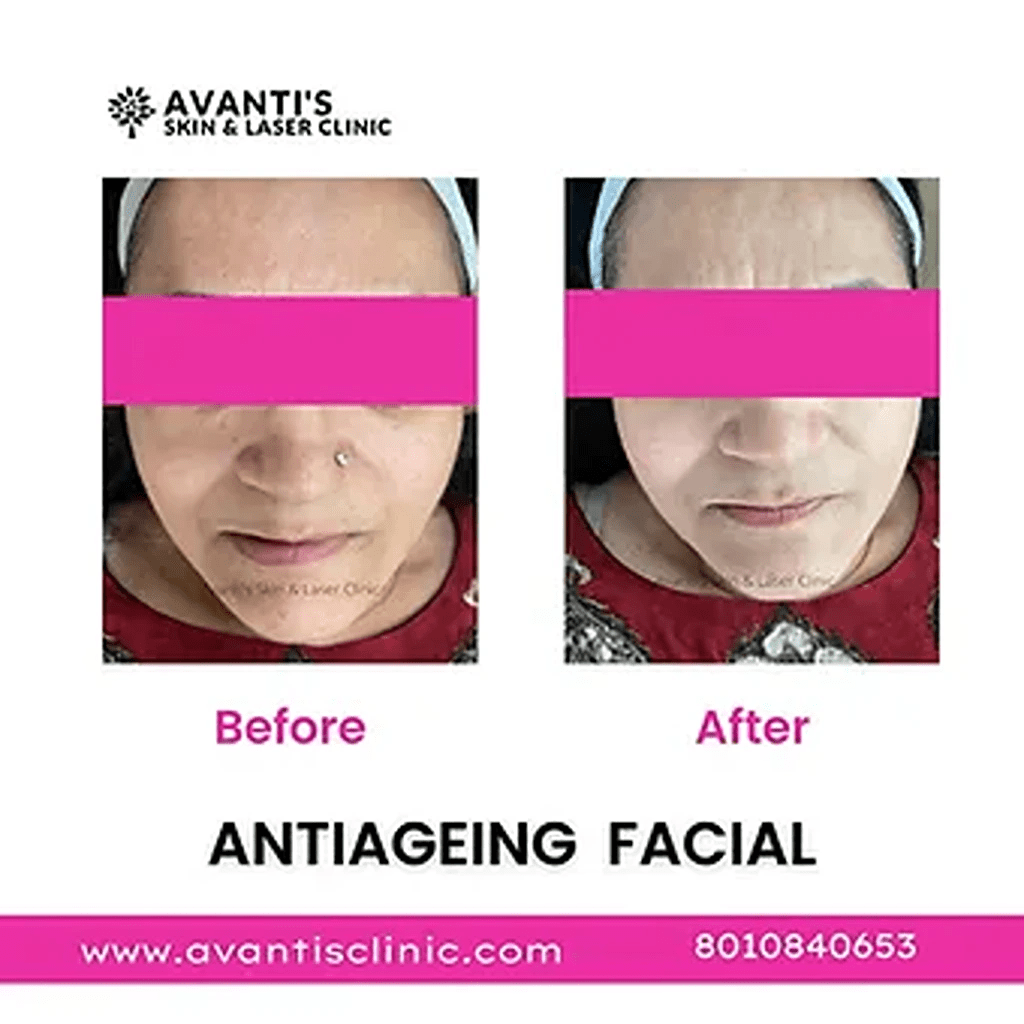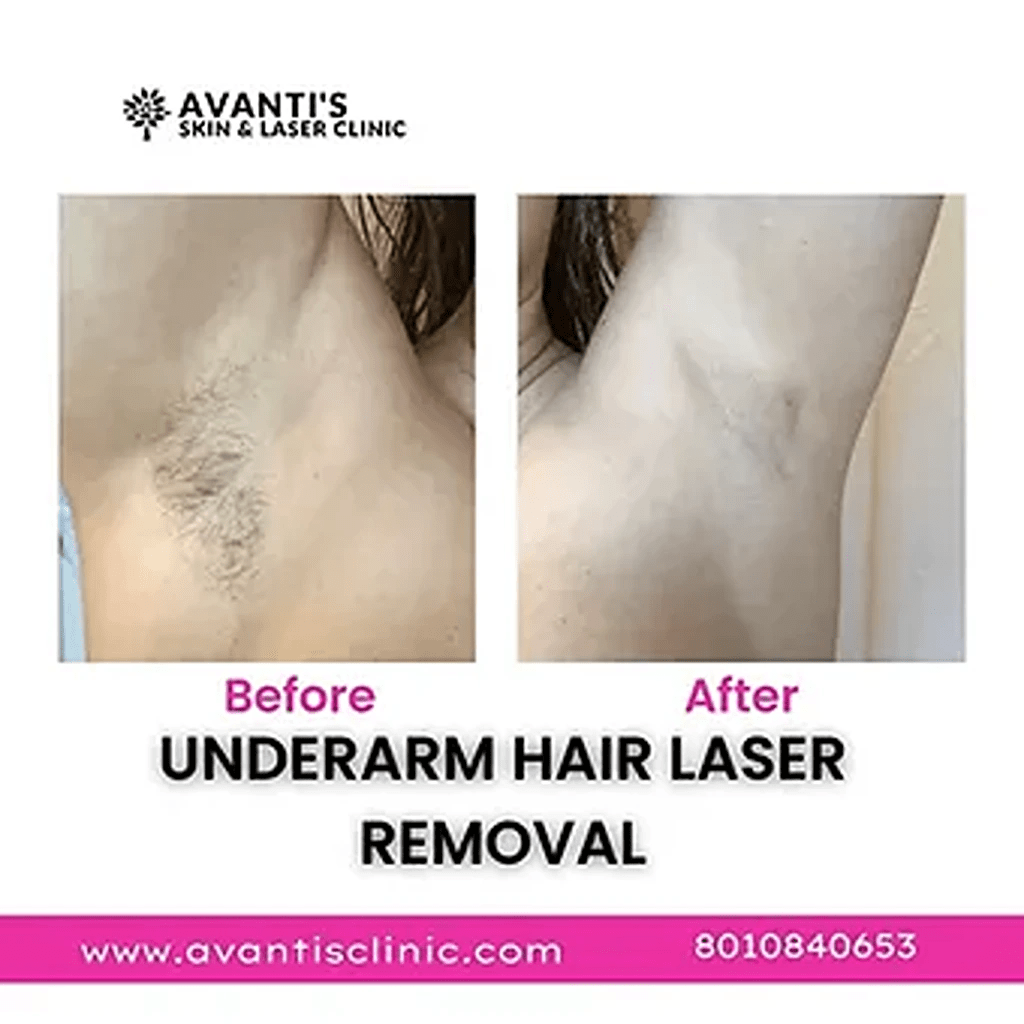Mesotherapy: Meaning, Benefits, and Side Effects Explained
Skincare and aesthetic treatments have come a long way, with innovative non-surgical options gaining popularity across the globe. Among them is mesotherapy—a technique often discussed in dermatology clinics and medispas. But what is mesotherapy, and why is it generating so much interest?
This guide breaks down the mesotherapy meaning, how it works, what are the benefits of mesotherapy are, and the potential side effects to help you make an informed decision.
What Is Mesotherapy?
To begin with, what is mesotherapy?
Mesotherapy is a minimally invasive cosmetic procedure that involves injecting a customised cocktail of vitamins, enzymes, hormones, and plant extracts into the middle layer of the skin (the mesoderm). The goal is to rejuvenate, tighten, and nourish the skin, while also targeting issues such as hair loss, cellulite, and pigmentation.
Originally developed in France in the 1950s by Dr Michel Pistor, mesotherapy has since evolved into a versatile treatment used worldwide for both aesthetic and therapeutic purposes.
What Is Meso Treatment?
You may also come across the term “meso treatment”—but what is meso treatment, exactly? It’s simply a shorthand way of referring to mesotherapy. Whether used for skin glow, fat reduction, or hair regrowth, the procedure always revolves around the same principle: micro-injections of active ingredients delivered directly where they’re needed most.
Mesotherapy Meaning in Aesthetic Medicine
Let’s look at the mesotherapy meaning in a more technical context. The word “meso” refers to the mesodermal layer of the skin, which lies between the epidermis (outer layer) and the subcutaneous fat.
The purpose of mesotherapy is to:
- Stimulate collagen and elastin production
- Improve blood circulation
- Promote cellular repair and hydration
This makes it a multi-functional therapy applicable to various areas, including the face, scalp, neck, hands, and thighs.
Mesotherapy Benefits: Why Is It So Popular?
Wondering what are the benefits of mesotherapy and why it’s gaining traction? Here’s a breakdown of the most commonly reported advantages:
1. Skin Rejuvenation
Mesotherapy revitalises dull and tired skin by infusing it with hydrating and anti-ageing ingredients. This leads to improved texture, brightness, and elasticity.
2. Hair Regrowth
When applied to the scalp, mesotherapy stimulates hair follicles, encourages circulation, and may help reduce hair thinning or alopecia.
3. Targeted Fat Reduction
Certain mesotherapy solutions are formulated to dissolve fat cells in areas like the chin, thighs, or abdomen—providing subtle contouring without surgery.
4. Cellulite Reduction
The injection formula breaks down connective tissue bands that cause the dimpled effect, smoothing the skin’s surface.
5. Minimal Downtime
Since the procedure is non-surgical, patients can resume normal activities shortly after treatment.
The biggest advantage of mesotherapy is its customisability—each formulation is tailored to the patient’s skin needs, making it a personalised solution.
What Conditions Can Mesotherapy Treat?
In both clinical and cosmetic settings, mesotherapy is used to address:
- Fine lines and wrinkles
- Hyperpigmentation
- Acne scars
- Stretch marks
- Loose or sagging skin
- Hair loss in both men and women
It’s this versatility that sets mesotherapy apart from other treatments.
The Procedure: What to Expect
Here’s what typically happens during a mesotherapy session:
- Consultation: Your aesthetician or dermatologist will assess your skin or hair concerns.
- Preparation: The targeted area is cleaned, and a topical anaesthetic may be applied.
- Injection: Using a fine needle or meso gun, micro-injections of the active solution are delivered into the skin.
- Post-care: Mild swelling or redness may occur, but usually subsides within 24–48 hours.
Sessions typically last between 30 and 60 minutes, and multiple treatments are usually recommended for optimal results.
Different mesotherapy treatment and what do they include?
Fat Reduction/Weight Loss: Typically, two to four injectable sessions spaced two to four weeks apart are needed. The number of procedures may increase based on the area of concern. Mesotherapy is typically advised for patients who need a slight reduction in body fat in particular regions, such as body contouring, because it does not result in significant alterations.
Cellulite Reduction: Three to four treatments spaced three to four weeks apart are required. Despite being the least successful of the mesotherapy techniques, cellulite treatment works well for minor cases of the condition.
Lower Blepharoplasty: One or two treatments spaced six weeks apart are advised (sometimes the second treatment is not required). Before undergoing a lower eyelid blepharoplasty, the patient should take cortisone, and the swelling may last for up to six weeks.
Four treatments spaced two to three weeks apart are necessary for facial rejuvenation. Since happy patients report a noticeable change in the appearance of their faces, it is one of the most popular mesotherapy treatments.
Mesotherapy vs Liposuction?
While liposuction frequently causes some pain following the procedure and in the weeks that follow, mesotherapy is a reasonably painless technique because anaesthetic creams are administered to the area before injection.
While liposuction can result in moderate to severe scarring, mesotherapy leaves almost no scarring, but the area may experience some swelling and light bruising for a few days.
Mesotherapy does not require sedation, and the patient is free to leave the office shortly after the procedure.
Conclusion
So, what is mesotherapy, and is it worth it? In short, it’s a customisable, minimally invasive treatment that can effectively rejuvenate skin, reduce hair loss, and contour the body. With minimal downtime and highly targeted application, the mesotherapy benefits are both impressive and versatile.
However, like any cosmetic procedure, it’s important to understand what are the side effects of mesotherapy are and choose a certified practitioner for the safest experience. If you’re looking for a non-surgical solution to elevate your skin or hair health, mesotherapy might just be the treatment you’ve been searching for.
Frequently Asked Questions
Mesotherapy treats a variety of concerns including ageing skin, pigmentation, cellulite, and hair thinning.
Most people experience minimal discomfort, and numbing cream can be applied to reduce sensitivity.
Meso treatment for the face involves injecting hydrating and anti-ageing substances to brighten and tighten the skin.
It stimulates blood flow, nourishes follicles, and can slow or reverse hair thinning.
Results can last several months but require maintenance sessions to remain effective.
Side effects may include redness, swelling, bruising, and in rare cases, infection or allergic reaction.
Most healthy adults can, but it is not recommended for those who are pregnant, breastfeeding, or have certain medical conditions.

